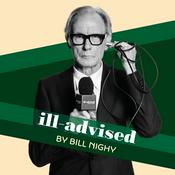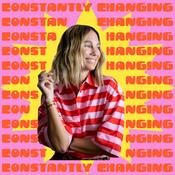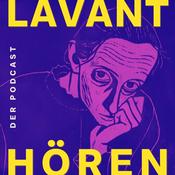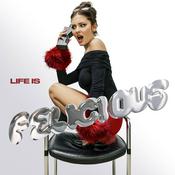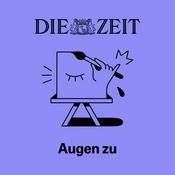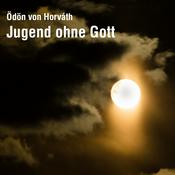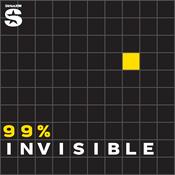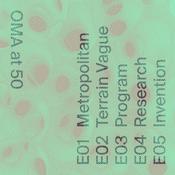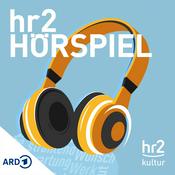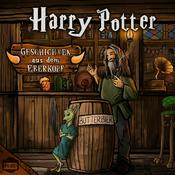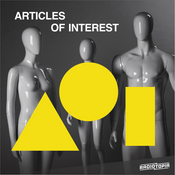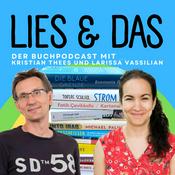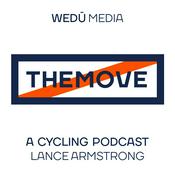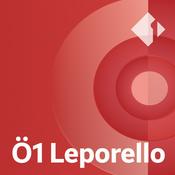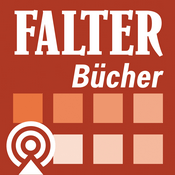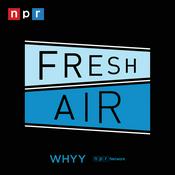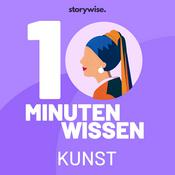17 Episoden
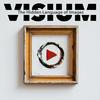
Designing Cinematic Lighting
16.12.2025 | 10 Min.
What does it take to design lighting that feels real, serves the story, and still works under brutal production pressure? In this episode we'll learn how observation and language drive fast, reliable choices. You’ll learn to separate daylight into its actual sources, understand why popular “systems” aren’t cinematic shortcuts, and hear how professionals really use terms like key, fill, and contrast ratio to communicate under time constraints. Along the way, we tackle today’s biggest lighting questions: When should realism dictate your choices, and when should you bend it? How do blocking, look, and motivation stay in sync without slowing the shoot? And how can a small shift in lighting cue tension, imply time, or quietly steer attention?

The Language of Light
25.11.2025 | 10 Min.
What if the secret to unforgettable lighting isn't in lamps at all, but in learning to see? This episode traces how lighting evolved from chandelier-bright stages to sculpted, story-driven worlds, then distills light into four simple, practical qualities. Along the way, real-world moments become creative blueprints: how do you describe the perfect lighting you see to collaborators so it can be rebuilt on set? Why does looking at the subject, not the source, change everything? And who really decides whether a scene glows under a winter moon or broods in shadow?

Images That Move Us
01.10.2025 | 16 Min.
What makes us look? What makes us stay? In this episode of Visium, we explore the invisible hand that guides our eyes and emotions through a moving image: time. From the quiet stillness of Interiors to the relentless chaos of The Hunger Games, you’ll experience how camera movement (or the lack of it) shapes what we notice, how we feel, and what we understand. Drawing on psychology experiments, eye-tracking research, and iconic scenes from Léon: The Professional and There Will Be Blood, this episode reveals how filmmakers choreograph attention and build meaning through motion. Whether the camera glides, shakes, or stays absolutely still, each choice carries weight. By the end, you’ll never look at a shot the same way again.

The Power of Color Contrast
18.9.2025 | 17 Min.
What do mantis shrimp, digital sensors, and Schindler’s List have in common? In this episode, we explore how color works, not just in theory, but in practice, through the eyes of cameras and the minds of filmmakers. From the science behind the Bayer sensor to the emotional power of hue, saturation, and value, we unpack how the language of color shapes what we see on screen. Whether you’re a filmmaker, designer, or just curious how a red dress can feel cold and a blue room can burn, this one will change how you see your next shot.

Expression with Color
28.8.2025 | 16 Min.
In the middle of the Great Plague, a young Isaac Newton sat alone in his dorm room and uncovered one of the most fundamental truths about light: white light is made of all colors combined. That revelation sparked centuries of exploration into color, what it is, how we see it, and why it affects us so profoundly. From prisms and rainbows to the rare ability of tetrachromacy, the story of color is as much about human perception as it is about science. And as it turns out, our eyes and brains aren’t neutral observers. They constantly adjust, balance, and even deceive us, shaping the way we experience the world. Color doesn’t just decorate an image—it directs emotion, creates contrast, and even alters what we see next. After-images, color constancy, and complementary hues aren’t abstract concepts; they’re powerful tools filmmakers use every day to guide attention and amplify feeling. From professional color grading suites to unforgettable films like Raise the Red Lantern, color becomes the hidden hand shaping what an audience feels. This episode uncovers how light, perception, and artistry converge, showing why mastering color is essential for anyone who works with images.
Weitere Kunst Podcasts
Trending Kunst Podcasts
Über Visium: The Hidden Language of Images
Höre Visium: The Hidden Language of Images, Ö1 Kulturjournal und viele andere Podcasts aus aller Welt mit der radio.at-App

Hol dir die kostenlose radio.at App
- Sender und Podcasts favorisieren
- Streamen via Wifi oder Bluetooth
- Unterstützt Carplay & Android Auto
- viele weitere App Funktionen
Hol dir die kostenlose radio.at App
- Sender und Podcasts favorisieren
- Streamen via Wifi oder Bluetooth
- Unterstützt Carplay & Android Auto
- viele weitere App Funktionen


Visium: The Hidden Language of Images
App laden,
loshören.


